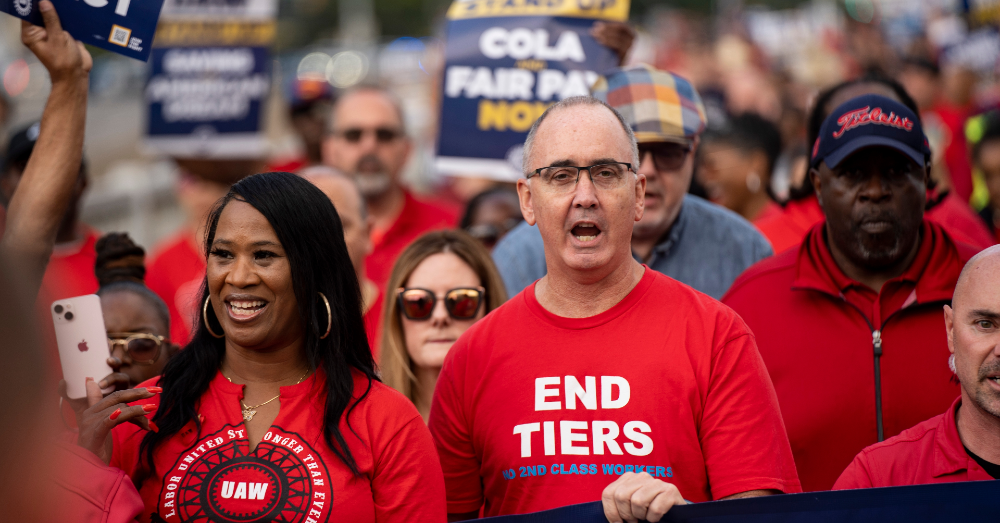Good news for car dealerships and consumers, the United Auto Workers strike most likely will not disrupt sales and selection for now.
The UAW scored a big victory over the Big Three, mainly through pay increases, which are the largest they’ve received in decades. Why did the UAW manage to win its strike against the country’s top automakers? Let’s take a look.
Wage Negotiations
The biggest win for the UAW was in wage negotiations. It’s often true that workers who have similar skills and do similar jobs can still have large wage discrepancies between them. It’s also true that wages don’t always reflect market forces at face value. Many workers don’t know their own value and therefore don’t understand what their wages should be.
At the same time, companies also don’t always recognize a worker’s true value, nor do they have a good idea of what a worker’s wage should be. However, they do have access to the information that shows how much money workers make and how productive they are. They obviously also have more leverage over workers. Losing one worker is typically not a big deal as they’re easily replaced.
On the other hand, if someone quits their job or loses their job, they might immediately fall into financial difficulty. This is why workers often negotiate pay at the low end simply to keep their jobs. Between an employer and a single worker, the employer has more power. But when employees band together, they can switch the leverage.
How Pay Disputes Are Won
To use car dealerships as an example, if one were to lose a few salespeople or someone in finance, it wouldn’t be the end of the world. But if over half the employees walked out, then suddenly, they would have a problem. Most large businesses can stand to lose a worker or two, but most can’t stand to lose up to half their workforce at once.
A group of workers that can come together to increase leverage against a company is the basis of a labor union. The UAW is such a union that was able to band together, share information, and walk off the job to increase its leverage over the Big Three. The Big Three automakers ultimately could not stand to lose production and possibly affect car dealerships across the country.
Organized Labor Wins Again
The wage increase appears to be roughly 10 percent over the next four and a half years. The contract expires in 2028, and most workers should be making between $30 and $42 per hour. These pay increases are the largest in decades for auto workers. Studies typically show that workers who belong to a union make up to 20 percent more than similar workers who don’t have a union.
The extra pay isn’t a net negative on the economy either. It usually comes out of business profits and executive salaries, which reduces inequality. Unions don’t reduce the size of the economic pie, they even the slices. However, to be fair, sometimes unions do have negative economic effects when they unnecessarily cripple companies.
Auto executives are currently warning that those negative effects might be in play now, but it’s important not to view them as automatically correct.
This post may contain affiliate links. Meaning a commission is given should you decide to make a purchase through these links, at no cost to you. All products shown are researched and tested to give an accurate review for you.

